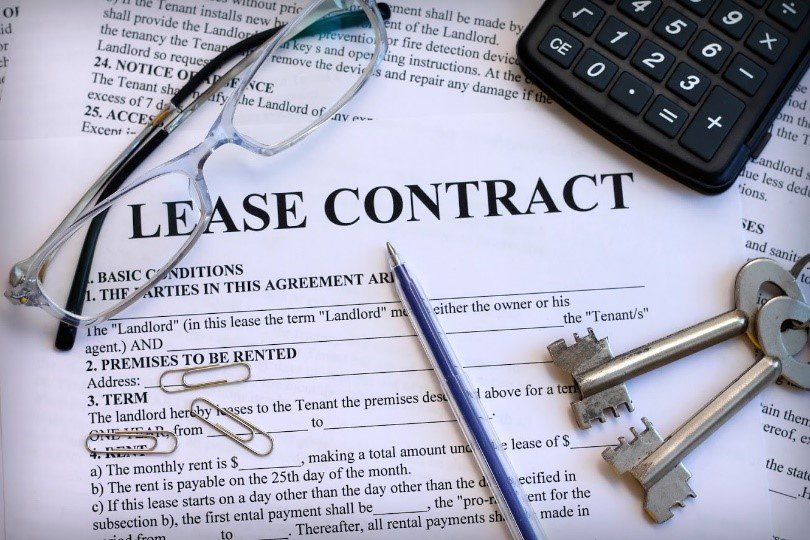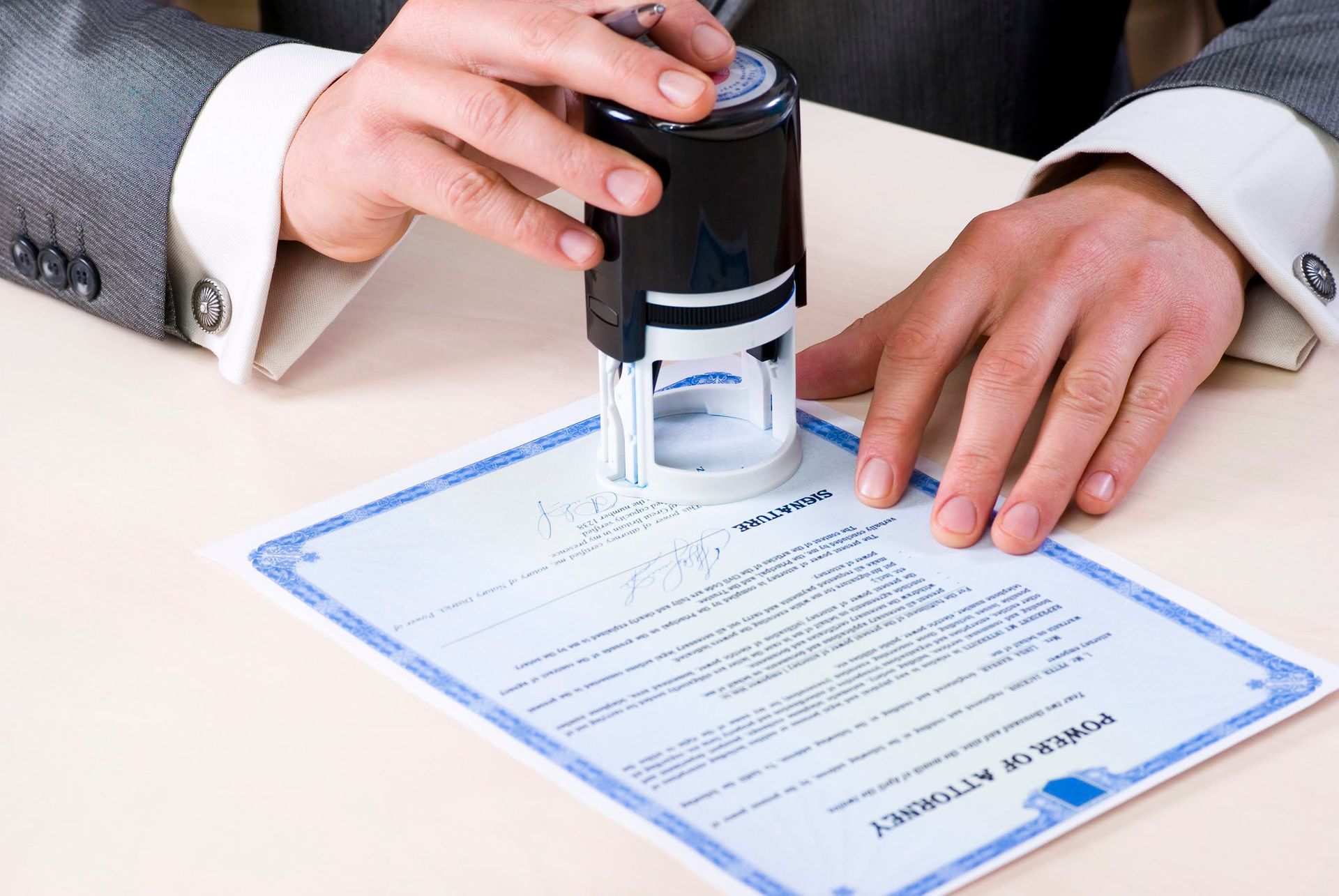CALL TODAY!
1509 Sun City Center Plz, Ste B, Sun City Center FL 33573
503 W Platt Street,Tampa, FL 33606
Blog Post
3 Lease Clauses That Give You the Purchase Option
Admin • July 21, 2020

If you can't decide whether to lease or buy a property, negotiate a lease agreement with an option for purchase at a later date. If you find the right property owner, you can lease the property for some time and purchase it later. Below are the three main clauses that give you the purchase option.
1. Right of First Refusal
The right of first refusal means the property owner has to inform you if they get a purchase offer for the property. The owner doesn't have to inform you before listing the property for sale. They only have to inform you if they get a purchase offer. You can then decide to match the offer and buy the property or let the sale proceed.
The major benefit of the clause is that the owner cannot sell the property without your knowledge. The major drawback is that the owner can get a purchase offer when you don't have the resources to match it.
A right-of-first-refusal clause should include a time-to-respond — the time you have to accept or decline the offer. The owner is free to sell the property if you don't act within the time-to-respond. Negotiate a reasonable time-to-respond so that you don't miss the purchase option due to unpreparedness.
Another tip is to start saving from the beginning of the lease. That way, you can buy the property whenever the owner decides to sell it and receives an offer.
2. Option to Buy
The option-to-buy clause gives you the right to buy the property within a specified period. Here are some features of this clause:
- The seller doesn't have the right to sell the property
- The lease agreement includes the negotiated purchase price
- You don't have to buy the property
An option-to-buy agreement typically has a fixed purchase price. An agreement with variable prices is also possible. For example, a property owner might insist on a variable price if the agreement extends over a long period. With a lengthy lease, the property owner might require a new appraisal or inflation adjustment of the pre-negotiated price.
3. Right of First Negotiation
The right of first negotiation (right of the first offer) requires the property owner to come to you first if they want to sell the property. Unlike the right of first refusal, the property owner cannot list the property for sale before they contact you. Here are some critical features of this clause:
- It doesn't include a pre-negotiated price — you negotiate the price if the seller comes to you with the offer.
- The owner is free to sell the property to another person at a lower price if you can't agree on a price.
- It includes a negotiation period, after which the owner can end the negotiations and look for an alternative buyer.
A property lease is a legally binding contract. Understand every clause and term in the lease before you sign. Otherwise, you might end up with a lease that you neither understand nor need. Donald B. Linsky & Associate PA can help you negotiate and sign the right lease. Contact us
today so that we can help you with all your real estate transactions.
Share
Tweet
Share
Mail
CONTACT INFORMATION
1509 Sun City Center Plz, Ste B
Sun City Center FL 33573
Sun City Center FL 33573
OUR LOCATION
Content, including images, displayed on this website is protected by copyright laws. Downloading, republication, retransmission or reproduction of content on this website is strictly prohibited. Terms of Use
| Privacy Policy












